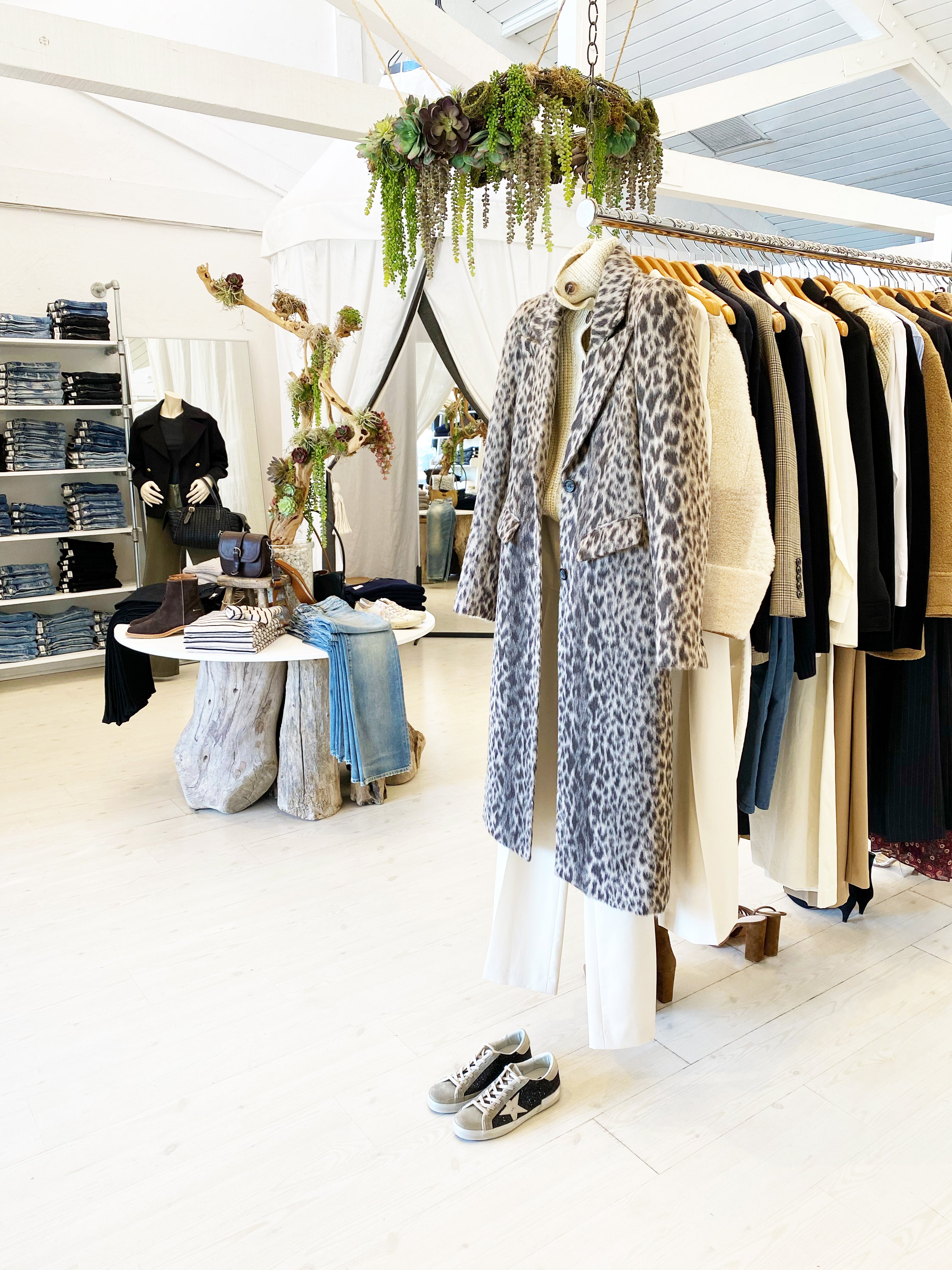A Deep Dive Into the World of High-Fashion Runways: Comprehending Garments as Art
Developers, a lot like skillful artists, weave elaborate narratives via type, color, and textile, redefining and testing conventional norms elegance requirements. As we explore these sartorial eyeglasses, we must consider: what duty does fashion play in shaping social values, and just how does it show the ever-changing tapestry of human feeling and identity?
The Evolution of Runway Reveals
The trajectory of path programs has actually changed substantially over the decades, evolving from exclusive sector events to exciting spectacles that mix fashion with art. Commonly, runway programs made love affairs, kept in ateliers or small venues, mainly participated in by purchasers and sector insiders. These very early discussions focused on the garments' workmanship and commercial feasibility, offering a useful and straight display of seasonal collections.
As the fashion business expanded, the nature of runway programs started to transform. The 1970s and 1980s marked a turning factor, with developers seeking to differentiate themselves via more theatrical discussions. This period saw the surge of fancy sets, choreographed versions, and thematic stories, heralding a new age where the runway came to be an experiential system. The programs changed into a form of storytelling, where each collection communicated a distinct narrative or principle.
Recently, innovation and social media sites have better revolutionized runway shows, making them accessible to a global audience. Livestreaming and electronic systems have actually equalized fashion, enabling lovers worldwide to witness these events in real-time (boutique fashion). This evolution reflects a broader social change, where high-fashion paths act as a dynamic intersection of innovation, performance, and design
Designers as Visionary Artists
How have developers transcended their duties to end up being visionary artists? Developers in the high-fashion market have actually blurred the lines between functional garment production and the conceptual world of art. This improvement is noticeable in the method they approach their collections, not simply as clothes yet as profound expressions of feeling, identification, and culture. By welcoming imaginative disciplines such as sculpture, paint, and avant-garde installations, developers craft garments that challenge traditional style norms and boost them to art types.
Visionary designers attract motivation from a myriad of resources, including abstract art, historical references, and personal narratives. They have a special capability to picture and appear ideas that press the boundaries of conventional fashion, commonly redefining visual standards while doing so. This creative ingenuity is showcased with remarkable silhouettes, ingenious materials, and intricate craftsmanship, which welcome audiences to experience fashion as more than just wearable things.
Furthermore, the runway functions as a canvas for these artists, where lighting, songs, and established design coalesce to produce immersive experiences. These presentations are not merely displays of clothing however are coordinated performances that evoke emotion and prompt thought, verifying the designer's role as a true artist in the modern social landscape.
Cultural Influences in Fashion
Social tapestry weaves its elaborate patterns right into the textile of style, affecting designers around the world. advice The vibrant interchange of social stories, traditions, and icons notifies and influences collections that elegance high-fashion runways.
The influence of society on style is usually seen in the reinterpretation of standard garments and patterns. As an example, making use of Japanese kimonos, Indian saris, or African prints in modern style mirrors a mix of social credibility and modern aesthetic appeals. Designers such as Valentino's Pierpaolo Piccioli and Alexander McQueen's Sarah Burton have actually been recognized to integrate rich cultural themes into their couture collections, converting history into wearable art.

Innovation in Textile and Design
Development in material and design consistently improves the landscape of high-fashion, pushing boundaries and redefining opportunities. Designers are increasingly discovering the integration of technology, such as 3D printing, which permits for the development of complicated structures that were formerly inconceivable.
The fashion sector is witnessing a rise in the usage of green products, obtained from recycled plastics, natural fibers, and even naturally degradable parts. Designers are accepting these products to craft garments that are both mindful and aesthetically striking of their ecological footprint.
In terms of style, progressive shapes and experimental types are continuously transforming the path. By including unconventional materials and innovative strategies, designers cultivate garments that blur the line between fashion and art, setting brand-new requirements for creative thinking and expression in the high-fashion round.
Influence of Style on Culture
Style possesses a profound you could try these out impact on society, serving as both a representation of cultural identification and a stimulant for social modification (boutique fashion). Through its advancement, style has mirrored social changes, encapsulating the zeitgeist of numerous ages.
Moreover, style has the power to bridge cultural voids, promoting understanding and gratitude amongst diverse teams. As globalisation speeds up, the cross-cultural exchange of style concepts becomes significantly considerable, promoting inclusivity and diversity. The rise of streetwear, stemming from city subcultures, illustrates exactly how style can transcend socio-economic boundaries, providing individuals a method of self-expression and empowerment.
In essence, style is not simply regarding aesthetic appeals; it is a dynamic pressure that affects values, perspectives, and societal development (boutique fashion). By continuously engaging with social and cultural currents, style remains an important component of the collective human experience

Final Thought
Designers, akin to visionary musicians, manage collections that mirror identification, emotion, and cultural stories, testing conventional visual appeals. This intersection of style and virtuosity not only captivates target markets around the world but also affects societal perceptions and advertises a deeper gratitude for social variety.

Social tapestry weaves its intricate patterns into the material of style, influencing designers internationally.Style possesses a profound influence on culture, offering as both a representation of cultural identity and a driver for social modification.